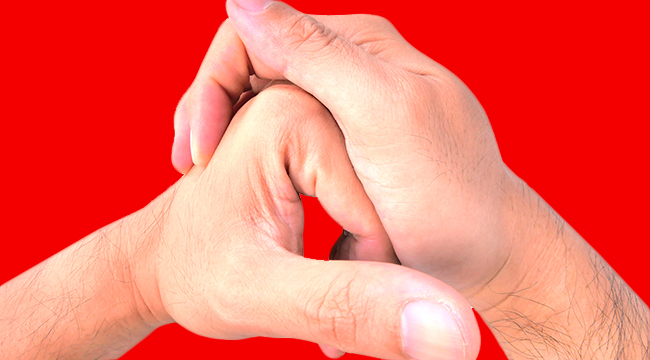
Believe it or not, scientists have been arguing about what happens when you crack your knuckles since the 1970s. They have spent years and deployed expensive machines in order to prove their pet theories of why your knuckles make a popping or cracking noise. And now two mathematicians have gotten into the fray with a new paper that proves mathematically what’s happening.
To recap, there are two camps in knuckle-cracking: One that argues you are forming bubbles in your joint fluid when you crack, and those who think you’re popping bubbles in your joint fluid. In 1971, this issue was almost settled when a paper proved bubbles collapsed in the joints when you cracked them. But then it was discovered there were bubbles left, and so another argument broke out.
Finally, mathematicians from Ecole Polytechnique and Stanford University created a physical model of a joint, and then worked out the math to figure out what could make the sound. Their answer? They’re team Popped Bubbles, according to Phys.org:
Using a mathematical model alongside a geometrical representation of the joint, experts from Paris’ Ecole Polytechnique and Stanford University in the United States simulated the events leading up to the crack. “The sound that is generated when one cracks his or her knuckles is due to the partial collapse of a cavitation bubble that’s in the fluid in the joint,” explained Abdul Barakat, a professor at the Ecole Polytechnique.
If you were wondering, this will help with more than just settling the scientific version of a bar bet. Learning how to better model the body using mathematics will help us better understand its functioning, for non-trivial stuff, and will help us build better prosthetics and understand how the body deals with forces. But the free beer post bar bet probably helps matters, too.
(via Phys.org)






